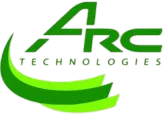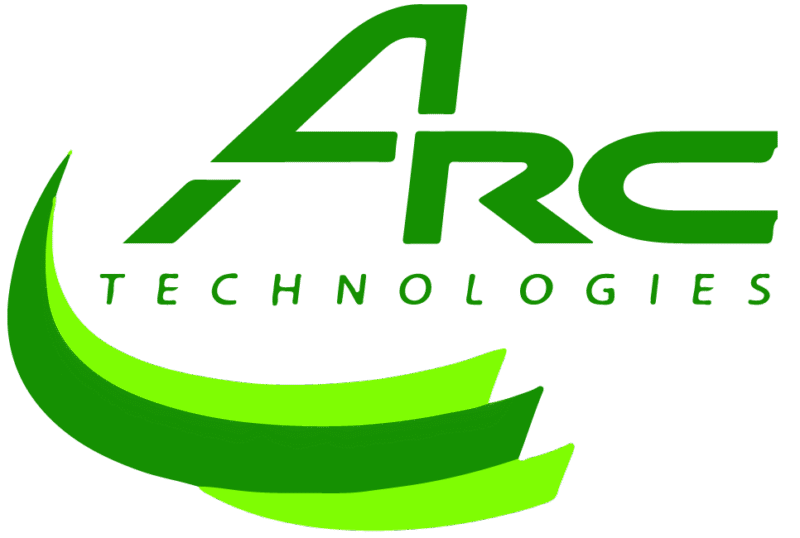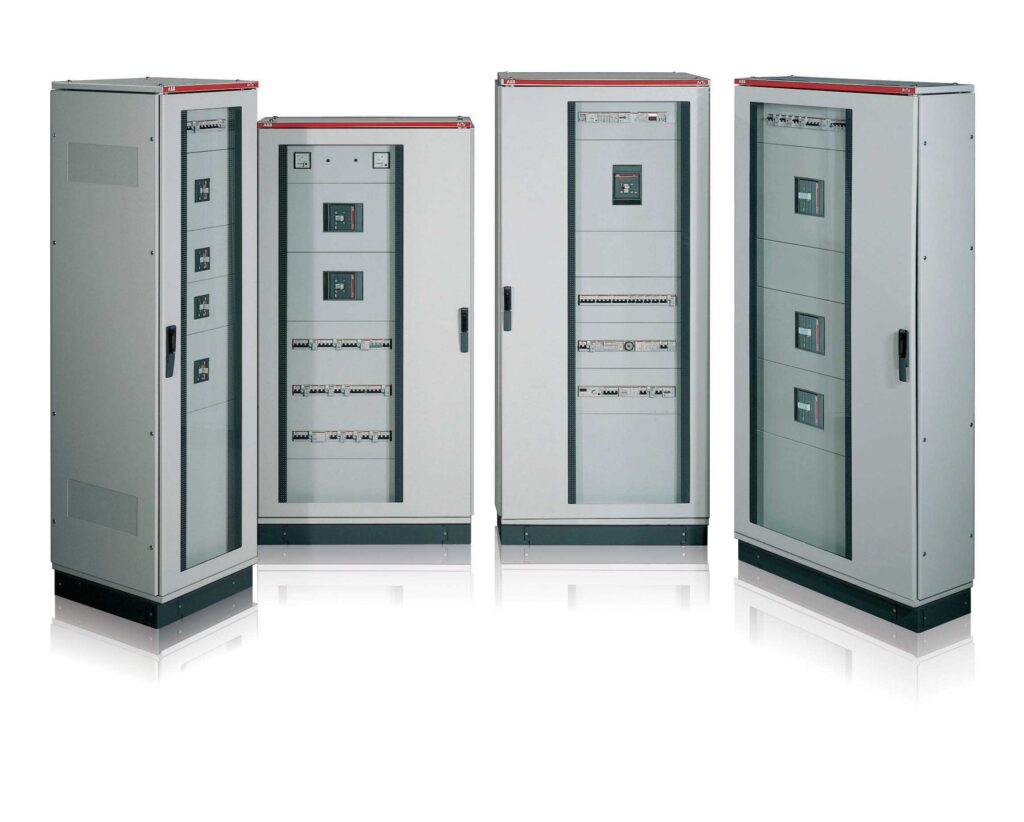Steel electrical enclosures offer several benefits in protecting electrical systems. They provide excellent durability and mechanical strength, safeguarding components from impact and harsh environmental conditions. Steel also offers strong electromagnetic shielding, reducing interference with sensitive equipment.
Additionally, these enclosures are fire-resistant, long-lasting, and suitable for both indoor and outdoor applications, ensuring safety and reliability in electrical installations.


 العربية
العربية



